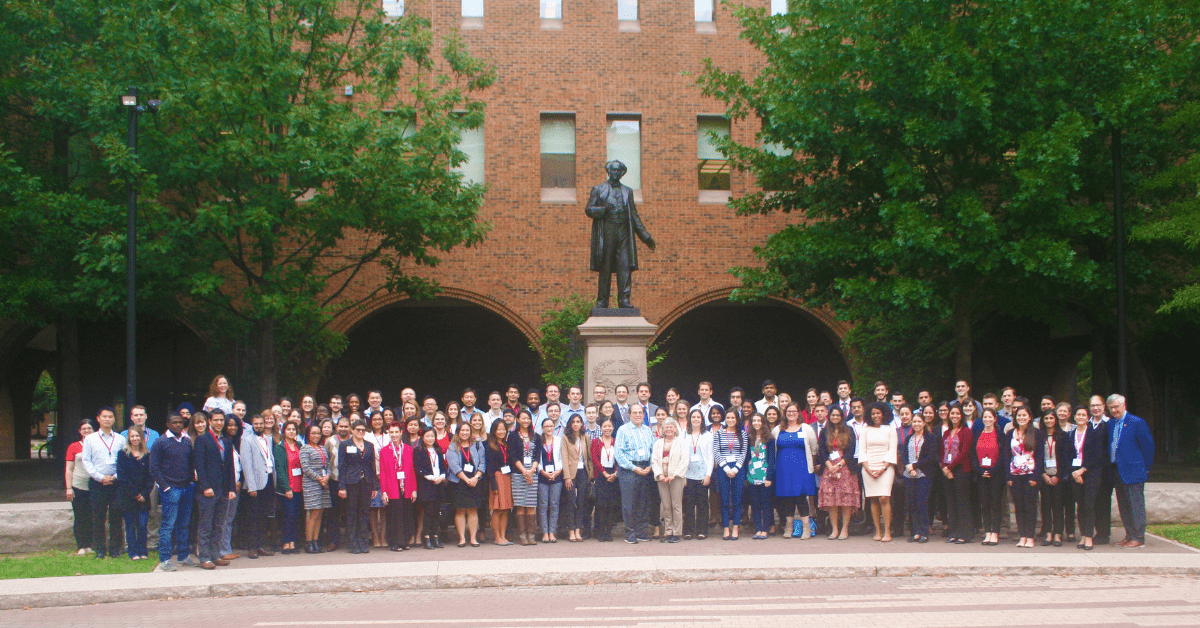
Recapping the 2nd Annual Resident Education Program
Another successful year of #HeadacheEdu
The American Headache Society is dedicated to providing educational initiatives that further develop the field of headache medicine and encourage the exchange of information and ideas concerning the science, burden, and treatment of headache and related pain disorders. One such program, the Resident Education Program, aims to inspire a greater number of adult and pediatric neurology trainees to pursue careers in headache medicine and treat the nearly 40 million Americans living with migraine and headache disorders.
Building on the momentum of last year’s inaugural program, the second annual Resident Education Program was a tremendous success with 85 residents in attendance, each representing an individual training program, a large increase from last year. Matthew Robbins, MD, FAHS, AHS Board Member and Chair of the Resident Education Program, was thrilled with the success of the program.
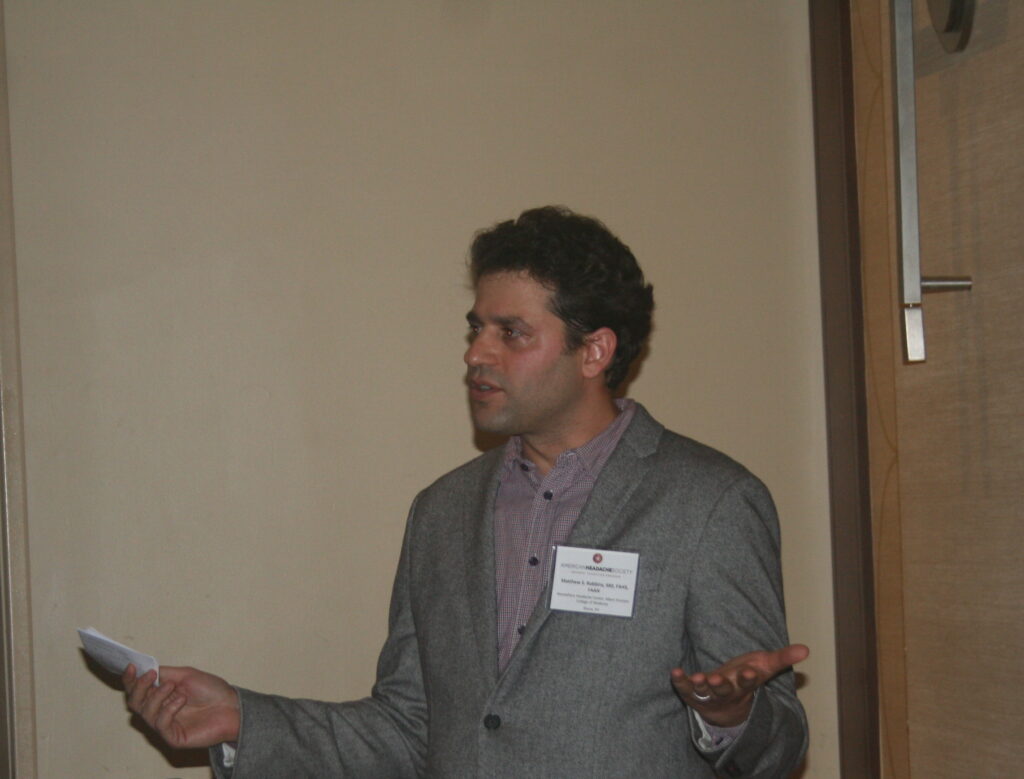
“We wanted to capitalize on last year’s momentum and keep the structure consistent because it was so successful,” Dr. Robbins explains. “We provided a similar variety of educational modalities, including large lectures on core topics, small group case-based discussions and procedural workshops.”

This year had an even larger number of first-year residents, providing an opportunity to reach residents earlier in their training—which can have a greater impact on the course of their medical education and professional careers. “Our goal is to inspire attendees and show them that headache as a neurological subspecialty is not only a viable but vibrant career option,” says Dr. Robbins. “We are more likely to be successful in doing so if we can engage residents before they’re far along in their training.”
Hosted at the Thomas Jefferson University in Philadelphia, Pennsylvania, home of the historic Jefferson Headache Center, the faculty emphasized that this is a transformative era of headache medicine. “This is a truly pivotal time in headache medicine,” says AHS President, Kathleen Digre, MD, FAHS. “To attract more young residents to the field when there has never been more progress or a greater need for headache specialists is extremely exciting, both for the American Headache Society and for the future of the field.”
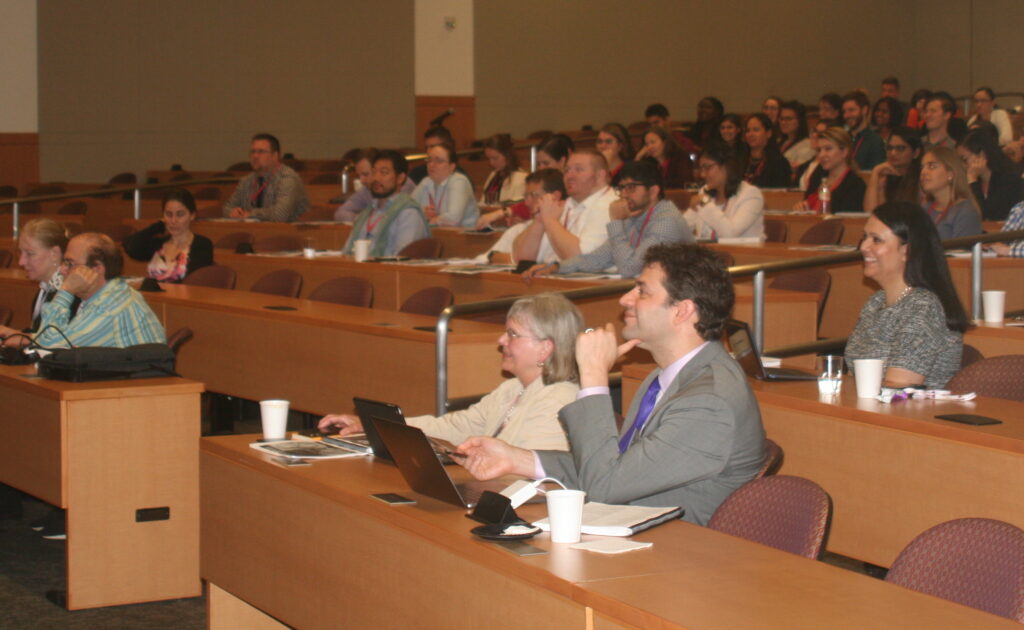

Of particular emphasis this year was pediatric headache disorders, with a truly inspiring number of pediatric neurologists in attendance. “We had 26 highly enthusiastic pediatric neurology residents attend this year’s program,” says Amy Gelfand, MD, director of pediatric headache at the University of California San Francisco and AHS Resident Education Program Committee member. “That’s more than double from last year, and a good indication of the program’s success and scope. There’s a great need for headache specialists in general, but particularly in pediatrics. It’s exciting to see that the Resident Education Program has become a major force to increase this pipeline.”
Aside from the formal interaction of didactic sessions, the program offered coffee breaks, lunches and dinners which allowed attendees and faculty to interact in a less formal setting.

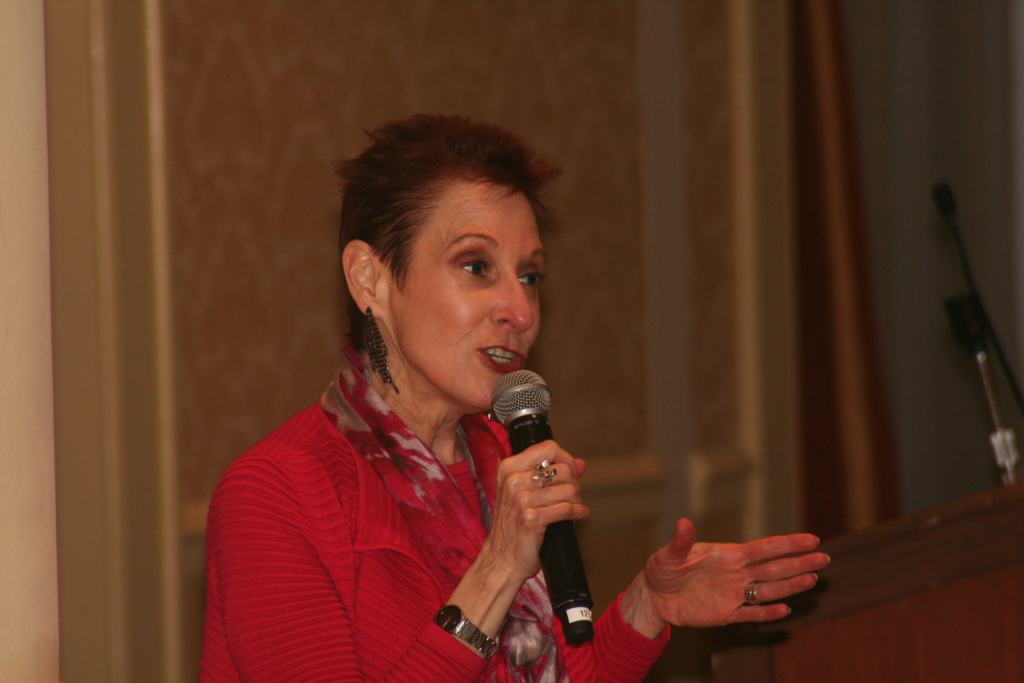
“Attendees enjoy the chance to talk with peers and faculty experts on a personal level,” says Dr. Robbins. “While the program’s focus is headache education, we also want to cultivate an environment that stimulates learning outside of their workplace, and one that shows that the American Headache Society is a place to mentor residents coming into the field.”
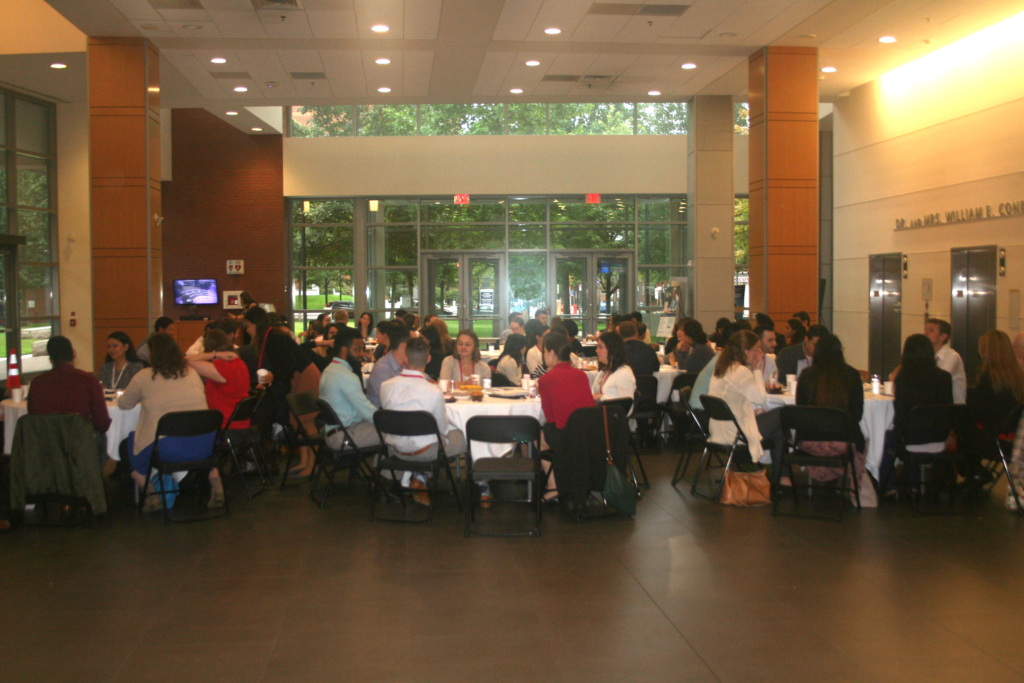
The final day of the program closed on a high note, with presentations on emerging therapies including medications targeting CGRP and neuromodulation. A hands on procedural workshop followed, for residents to gain experience with administering onabotulinumtoxinA and peripheral nerve blocks.

On behalf of the American Headache Society, we would like to extend our gratitude to Dr. Robbins, his committee and the faculty that led the 2018 Resident Education Program.
“We are extremely proud to be leading the way to recruit, develop and train the next generation of clinicians to care for the millions of people living with migraine and other headache disorders,” says Dr. Digre.


